Testosterone
$56.00
Testosterone
Testosterone is the male sex hormone which has a number of roles within the male body such as regulating fat distribution, bone and muscle mass, sperm count, sex drive (libido) and the production of red blood cells. Testosterone is produced in two places within the male anatomy – the pituitary gland in the brain and the testes.
Low testosterone levels, also known as hypogonadism, is a condition in which the male body does not produce a sufficient amount of testosterone in the testes or pituitary gland. When testosterone levels are low, a number of problems can occur.
What are the symptoms?
There are a number of symptoms which can present themselves when testosterone levels are low. These include:
Fat distribution which can lead to the development of breasts (gynaecomastia)
Mood swings, depression and irritability
Low energy levels
Lack of concentration and affected mental agility
Erectile dysfunction
Lack of sex drive (libido)
Difficulty sleeping or excessive tiredness
Low muscle and bone mass
These symptoms can affect many aspects of a man’s life both personally and professionally.
Gynaecomastia affects 1 in 4 people aged 50 to 80 and is a common symptom of low testosterone. It often occurs when there is too little testosterone in relation to oestrogen – the female sex hormone which is produced in small quantities in men. This symptom can also be caused by a number of underlying factors
What are the causes?
Many of the symptoms, such as impotence, can be attributed to psychological problems such as stress, anxiety or depression. Other causes can be lifestyle choices such as a poor diet, lack of sleep, excessive alcohol consumption and general unfitness.
While testosterone levels gradually fall as you age, some men may suffer a significant drop in testosterone levels later in life. This is known as late-onset hypogonadism.
Supplements and steroids can also cause hypogonadism, especially if they are intended to affect the levels of testosterone.
How is low testosterone (hypogonadism) diagnosed?
If you suspect you have low testosterone, you should speak to your doctor. The symptoms of low testosterone levels are similar to those of other conditions. It is important to get a diagnosis before seeking treatment for this condition.
Low testosterone can be diagnosed with a simple blood test, which you can buy online. Our online pharmacy offers Testosterone Testing Kits which you can use to determine your testosterone levels from the comfort of your own home.
There are home testing kits which can be bought online if you are concerned about the level of testosterone in your blood. These test are very quick and easy to do and can provide a result in just a couple of days.
How can low testosterone be treated?
Before finding a treatment, speak to your GP who can help determine the underlying cause of your symptoms. In many cases, the symptoms are caused by other factors such as diet, fitness and stress levels.
In some cases, talk therapy and cognitive behavioural therapy can be useful.
If a diagnosis of hypogonadism is asserted, hormone replacement therapy can be offered.
There are various treatments for low testosterone ranging from tablets and topical treatments to implants and injections.
These treatments contain testosterone to boost the levels in your body to a normal level. Topical treatments, such as patches and gels allow testosterone to be absorbed through the skin.
Table of contents
What is low testosterone (hypogonadism)?
What are the symptoms of low testosterone?
What causes low testosterone levels?
How is low testosterone diagnosed?
How can low testosterone be treated?

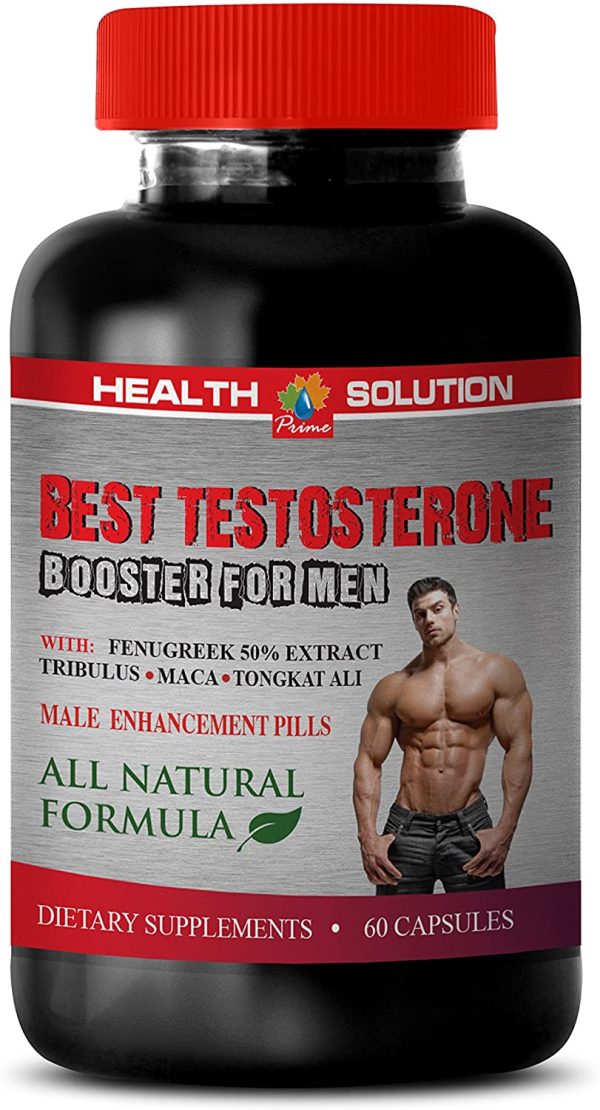
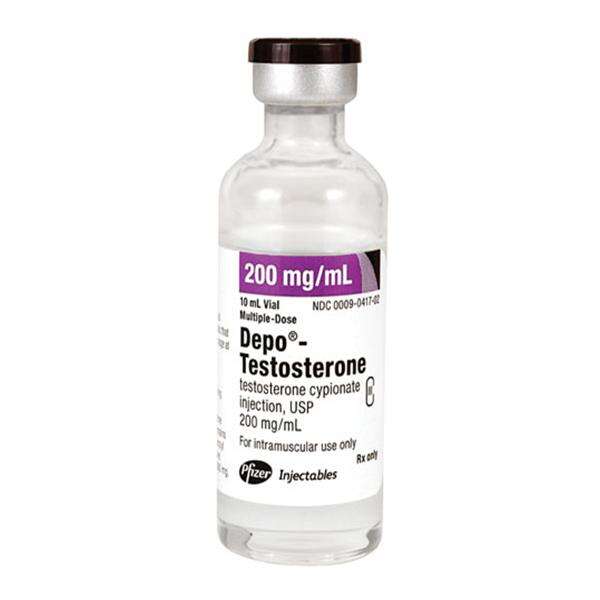
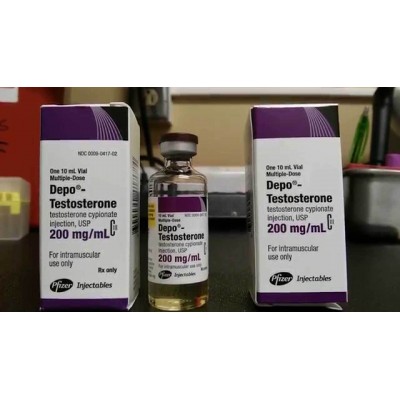
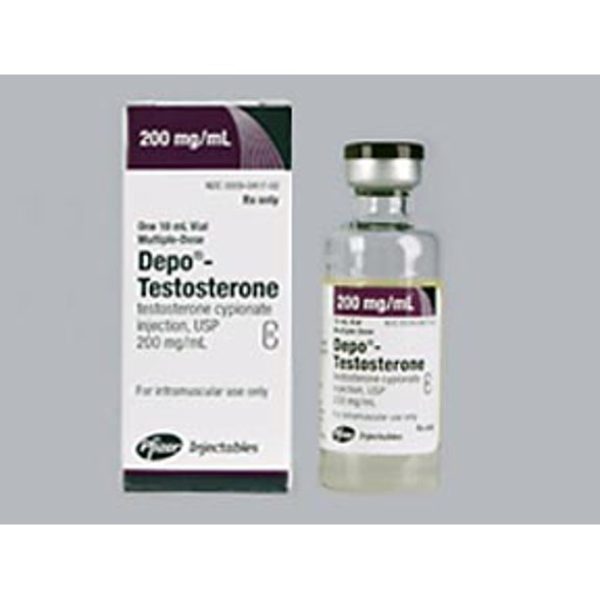
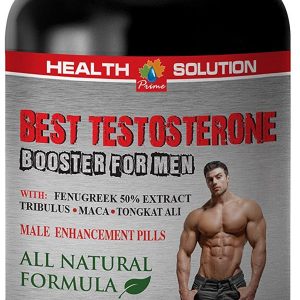
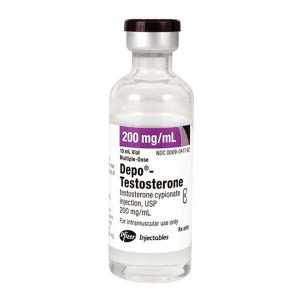

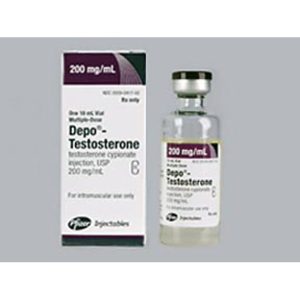
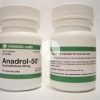
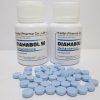
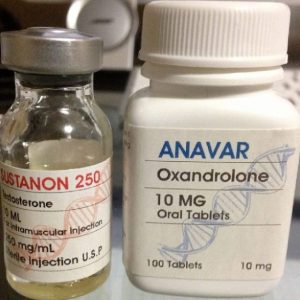
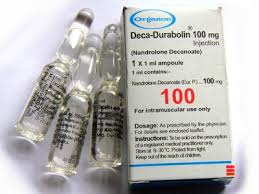
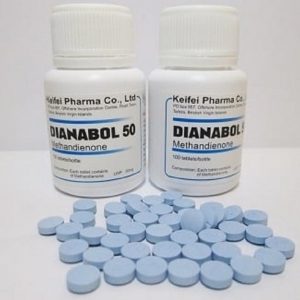
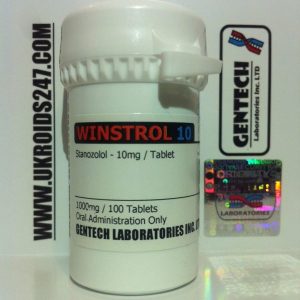
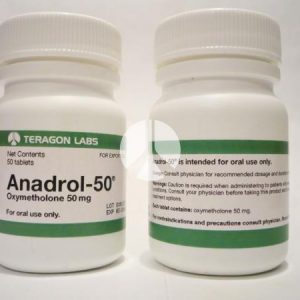
Reviews
There are no reviews yet.